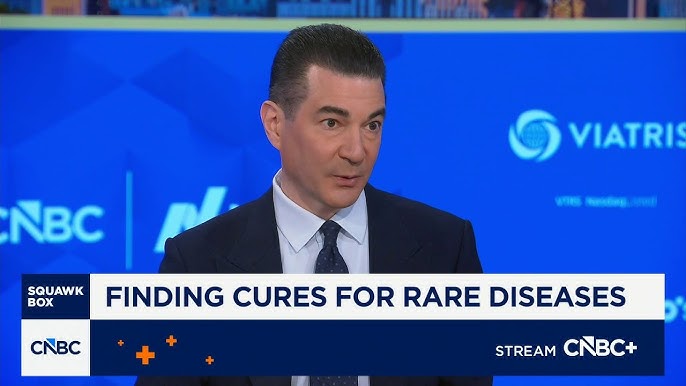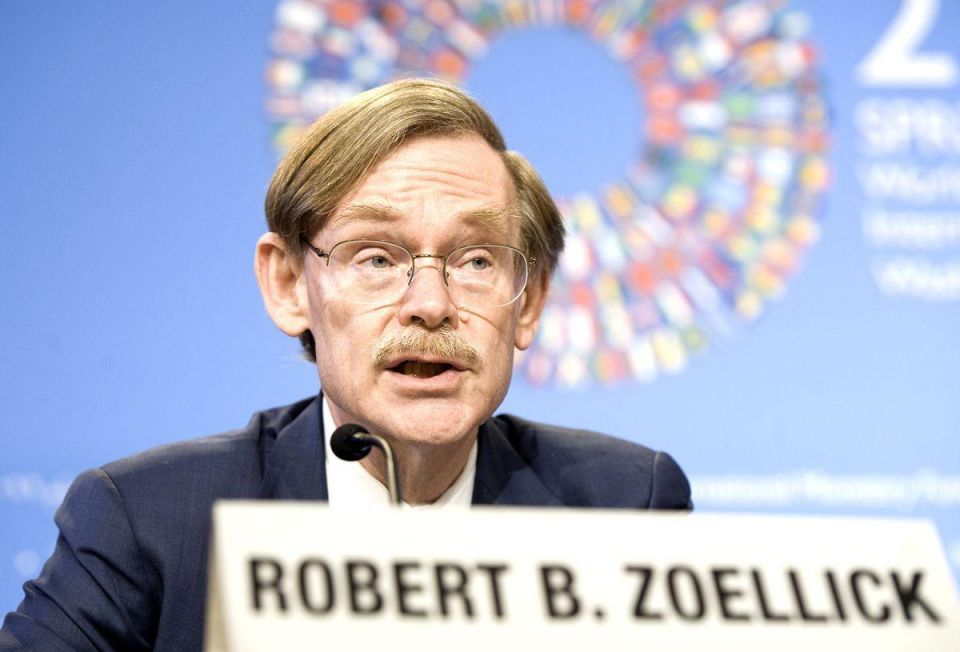
Dr. Scott Gottlieb on Finding Cures for Rare Diseases
Former FDA Commissioner Dr. Scott Gottlieb joins ‘Squawk Box’ to discuss the ongoing research and efforts at the FDA to find cures for rare diseases.…
Thought Leader: Scott Gottlieb

By Robert B. Zoellick (original source The Financial Times)
“On the evening of November 9, 1989, Berliners from the east poured through the wall that had divided them from West Germans for 28 years. Within a year, the two Germanies had unified, and the cold war in Europe had ended peacefully. Thirty years later, the US and the rest of the world can draw useful lessons from the diplomacy of 1989-90.
The German people drove those historic events, and West German leaders guided unification masterfully. The US president George H W Bush and secretary of state James Baker orchestrated a supportive international policy, working with Soviets, British, French, Poles, Nato and the European Community.
That era’s US diplomacy embodied both historical and strategic perspectives. Scholars have focused on what happened to Russia after the fall of the Soviet Union — but the American priority was Germany. From the 1600s until 1871, the “German question” referred to the dangers of the many small German states, in the centre of Europe, being manipulated by outside empires. After German unification in 1871, the question changed dramatically as Europe coped with a powerful German state at its heart. The world fought two bloody wars in the 20th-century against Germany and then during 40 years of cold war, two hostile German states faced off on the frontline of a divided Europe.”
Click here to read more
Dr. Scott Gottlieb on Finding Cures for Rare Diseases
Former FDA Commissioner Dr. Scott Gottlieb joins ‘Squawk Box’ to discuss the ongoing research and efforts at the FDA to find cures for rare diseases.…
Thought Leader: Scott Gottlieb
Peter Zeihan: U.S. Navy Seizes Russian Tanker
The US Navy just seized a shadow fleet tanker that managed to slip past the naval quarantine around Venezuela. The tanker reflagged as Russian while…
Thought Leader: Peter Zeihan
Erika Ayers Badan: Surviving Company Failure
In this episode of WORK: Unsolicited Advice, Erika talks through what it really looks like to come out of the worst month of your career…
Thought Leader: Erika Ayers Badan

